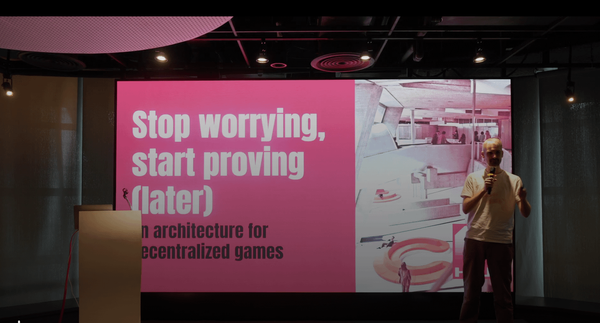On the Hylé podcast, we talk about cool applications that leverage cryptography in general and zero-knowledge technology in particular, with a new guest every episode.
Our guest for this first episode, Matteo, is an independent applied cryptography developer. He is also Hylé’s first grantee, and he built a play-by-email


